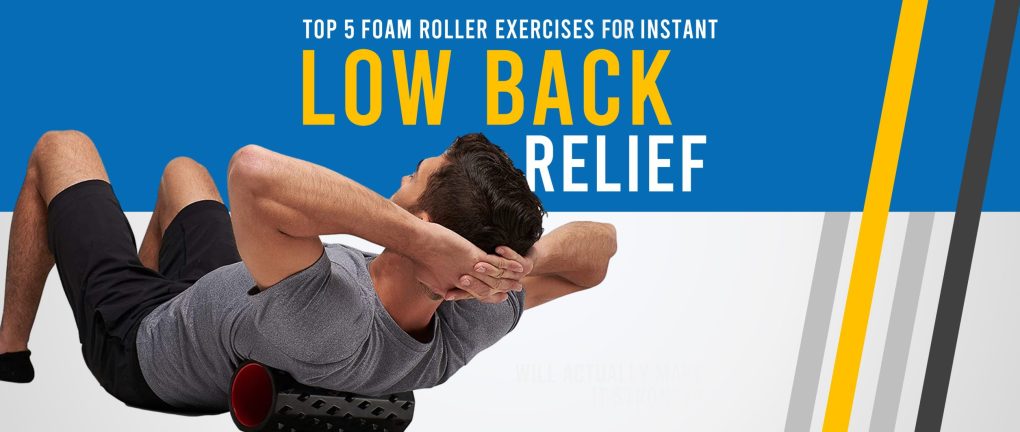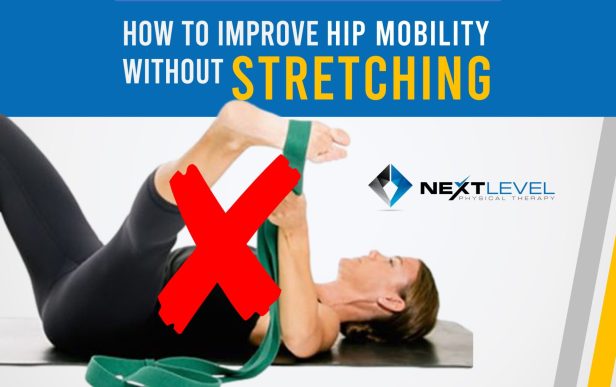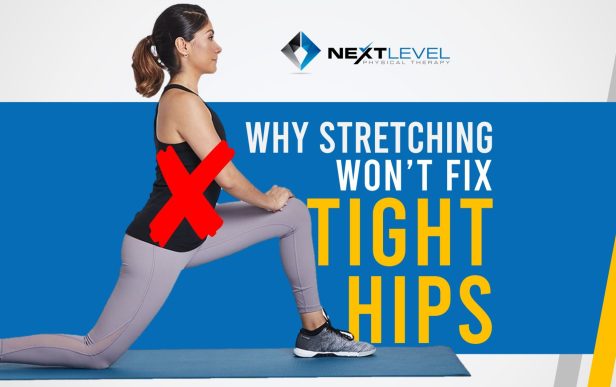Author: Dr. Elyse Dinan, DPT
If you’re experiencing low back pain, it can be hard to get through general daily activities, let alone workouts, without it stopping you. While these foam roller exercises are not long term solutions, they can at least provide you a window of relief to get your pain to subside and to get through daily activities & workouts until you are able to address the deeper root and solve the underlying problems contributing to your back pain.
Foam rolling in the traditional sense of rolling out “tight muscles” works best as a warm up prior to exercise, or for quick relief of the sensation of tightness. However, we can use our foam rollers in many other ways to encourage pelvis and rib cage mobility, to aid in recruitment of specific muscles, and to decrease an area’s sensitivity. Try the 5 exercises listed below, and pick the few that feel the best during and after completing them.
1. Traditional Foam Rolling: Hip & Thigh Muscles (Glutes, piriformis, quads, hamstrings, IT band)
Insert Video here
Often, our back pain may stem from restrictions in our hips or thigh muscles, which can pull the pelvis and restrict its motion, leading to pain in the lower back. You may also notice significant tenderness to rolling out your IT band along the outside of your thigh, or any other muscles shown above. This is typically a clear indication that your pelvis is in a position that is increasing it’s load through those areas, and that you likely do not have adequate ROM throughout your hips. While these positional components must be addressed for long term relief, rolling these tight areas out may provide a window of relief.
Use the foam roller on your hip & thigh muscles looking for areas that are particularly sensitive or painful, and spend the most time in the most painful spots to help reduce these restrictions. Eliminating restrictions in the hips can allow for an optimal supportive base for your lower back to start from.
2. Lazy Rolling
Low back pain can come from a loss of relative motion at our pelvis, meaning we don’t have normal motion in our hips and low back area – something we require to walk, run, jump, squat – basically anything with your lower body. This “lazy rolling” variation will encourage small amounts of this “relative motion” at the pelvis. If you have SI joint pain (lower back, where your spine meets your pelvis) this is a great option for you. Try this on each side and notice if one side is more sensitive than the other, and try to gently work through this. This should be minimal effort, and very “lazy” as the title suggests.
3. Wall Supported Hip Hikes
Humans often fall into what we call a “right dominant pattern”. In this pattern, we tend to load into our right leg and hip more than our left, and our pelvis will often shift and orient to follow. This is something that is very challenging to sense yourself, but something that can be clearly identified in our assessments. A key to shift yourself off of your right leg is to be able to use your right glute to push yourself to the left . You may have been told before that you have “weak glutes”, but often this is due to an inability to activate it properly. This activity helps recruit the right glute specifically to counteract the forces from a right dominant pattern. If done properly, you should feel a strong muscle burn in your right glute while performing.
4. Hip Mobilizations: Sit Bone Decompression
Our sacrum and sit bones can be a site where the surrounding muscles get very tight and restricted. When this occurs, it impacts how the low back is able to move and manage forces. This sit bone decompression may be surprisingly uncomfortable; if it is, it is likely something you need. Start with a small towel roll to decrease the intensity and make it tolerable, and gradually progress to the foam roller.
5. Rib Cage Mobilization
While the previous recommendations all have to do with what’s going on below the low back, your rib cage can be an area of restriction that contributes to low back pain. Our ribs are meant to expand as we inhale and close down as we exhale, but this is often lost and we get “stuck” in one extreme or the other. Laying over a foam roller will help to close the bottom side of the ribs, while the top side is able to expand. This is another move that may be surprisingly sensitive; if you find you are unable to relax and melt over the foam roller, start with a rolled up towel or pillow folded in half so you can get into the same shape without too much discomfort. Gradually progress to a foam roller as tolerable.



